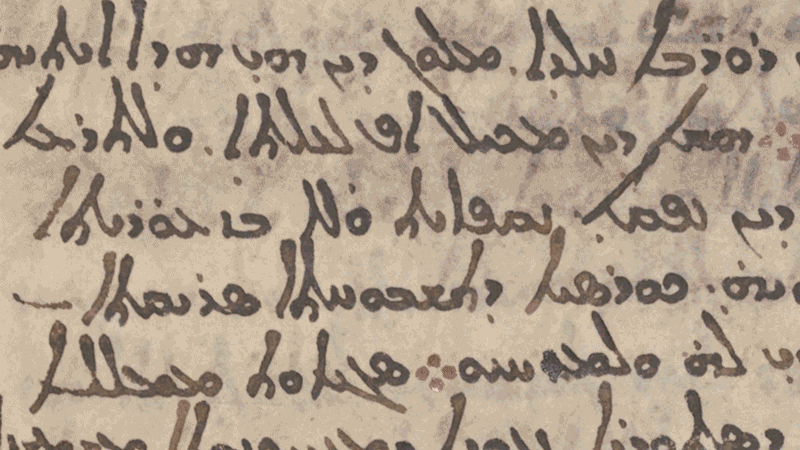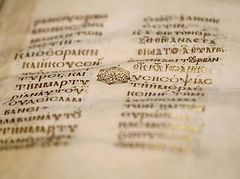Mt. Sinai, Egypt, October 20, 2022

Scholars have been searching for what is believed to be the first map of the nighttime sky for centuries, and now they have finally found the medieval parchment hidden beneath Christian texts from the library at St. Catherine’s Monastery on Mt. Sinai.
James Evans, a historian of astronomy at the University of Puget Sound in Tacoma, Washington, describes the discovery of the astronomer Hipparchus’ star catalogue as “rare” and “remarkable,” reports nature.com.
The astronomer’s work “illuminates a crucial moment in the birth of science, when astronomers shifted from simply describing the patterns they saw in the sky to measuring and predicting them,” Evans explained.
In 2017, a 6th century AD manuscript containing recipes of the “father of medicine,” the ancient Greek physician Hippocrates, was discovered in the St. Catherine’s library.
The manuscript with the newly discovered astronomical text came from St. Catherine’s Monastery, though most of it is now owned by the Museum of the Bible in Washington, DC. The codex is a palimpsest, where parchment is scraped clean of older text so it can be reused. The star catalogue was discovered underneath 10th-11th century Syriac texts.
Interestingly, the text was discovered by Cambridge students studying the pages as part of a summer project, when one of them spotted a passage in Greek often attributed to the astronomer Eratosthenes. The pages were then reanalyzed using state-of-the-art multispectral imaging, which revealed the astronomical material.
Previously, the only surviving antique star catalogue was from Ptolemy in Alexandria, in the second century AD. Hipparchus was active in the second century BC.
Follow OrthoChristian on Twitter, Vkontakte, Telegram, WhatsApp, MeWe, and Gab!




